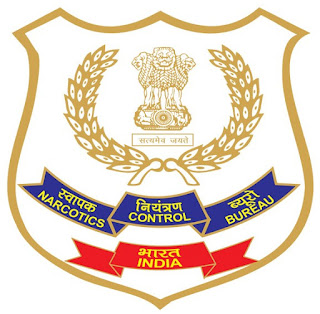NARCOTICS CONTROL BUREAU

NARCOTICS CONTROL BUREAU The United Nations Convention Against Illicit Traffic in Narcotic Drugs and Psychotropic Substances, 1988 identifies 23 precursors as the chemicals which need to be controlled. In India, precursors are controlled under three different Acts and by three different agencies namely Controls under the Regulation of Controlled Substances - NDPS Order, 1993 by Narcotics Control Bureau; Controls imposed under the EXIM policy: under the Foreign Trade (Development and Regulation) Act, 1992 by the Narcotics Commissioner and Controls under Section 11 of the Customs Act 1962 by the Customs officers. India is a signatory to the single Convention on Narcotic Drugs 1961, as amended by the 1972 Protocol.. Its emblem depicts the coveted Ashoka lion pillar in gold encircled by a golden wreath. The words ‘Narcotics Control Bureau’ in gold is encrypted in blue banner with gold border. Beneath, in a golden bordered red banner, is emblazoned the word ‘INDIA’. All these have been ...